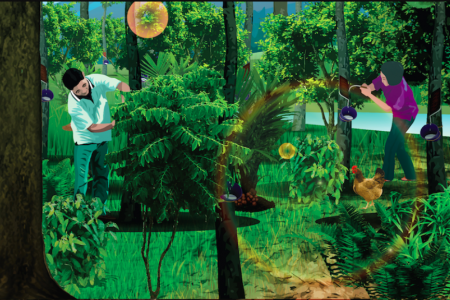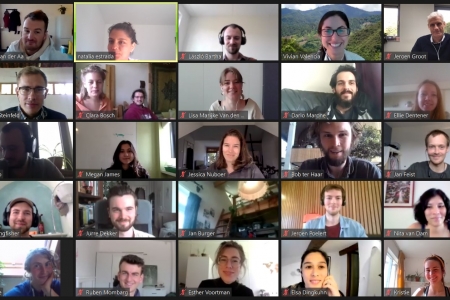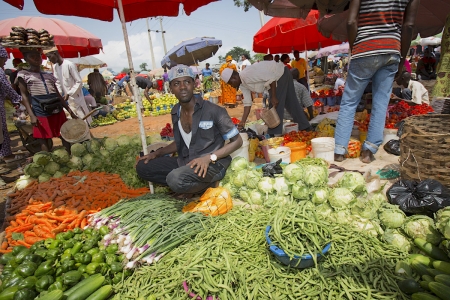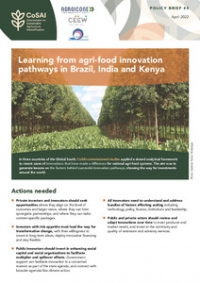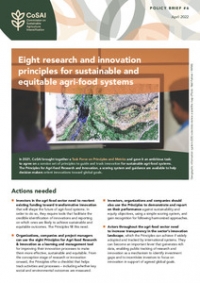When it comes to payment for ecosystem services (PES), a long list of criticisms can often ensue. How can we put a price on nature? Are we willing to put our ecosystems at the whim of an unpredictable financial market?
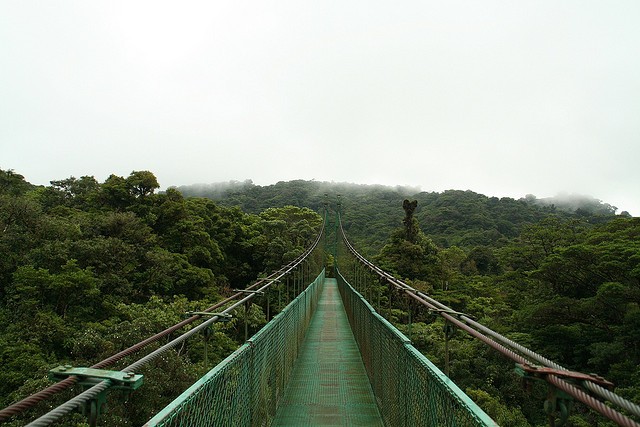
One of the few countries in the world that can boast a successful PES portfolio is the Central American tropical paradise that is Costa Rica, host of this year’s Ecosystem Services Partnership Conference. It is fitting then, that the opening keynote speech should focus on the past, present and future of Costa Rica’s PES schemes, presented by the country’s first minister of environment and energy, Alvaro Umaña.
Political windows of opportunity
Years of experience makes Umaña a solid speaker. He explains how PES has evolved over the last forty years from tax cuts for reforestation to subsidized credit schemes to certification. “It is useless to spend time designing the perfect programme”, shares Umaña. “You have to catch those political windows of opportunity when they come your way in order to move forward”. Many researchers have also highlighted this, emphasizing the risk of pioneering progressive environmental policies.
Indeed Costa Rica’s payment for ecosystem service programmes have gone through various revolutions. The government failed to gain much headway until it shifted its focus to work with smallholder farmers (1-5 hectares of land) and success rates shot up to 97%. The government currently recognizes four ecosystem services-meriting payments: carbon sequestration and storage, watershed protection, biodiversity conservation and scenic beauty. Everything is pay-for-performance – five year contracts are evaluated frequently to ensure delivery or contracts are not renewed. Currently everything goes through FONAFIFO, the national forestry fund which is financed through a fuel tax, water tax, international donations and environmental service certification. It is expected that once a REDD+ market is up and running however, private players will also start trading their own credits.
The payment checklist looks more like a shopping list than a conservation management plan: reforestation $980/ha, reforestation with native species $1470/ha, agroforestry with native species $1.3/tree…
An unfamiliar way to look at nature perhaps, but PES in Costa Rica has survived 5 different administrations, with around 16,000 beneficiaries involved directly in the package. Its popularity has soared, with the primary criticism centering around the inadequate funds generated by the country’s 3% gas tax.
A gift to the world
Reforestation has come a long way since the Costa Rica’s “striptease”, referring to the period between 1940 and 1990, when the country’s forest cover was stripped down from more than 70% to 21% in just 50 years. The last evaluation in 2010 puts current forest cover at almost 53%, but Umaña insists that the country can continue to increase tree cover by shifting its focus to agroforestry systems and reclaiming agricultural lands to continue growth in ecosystem service provision. A bold statement, but it emphasizes a recurring theme within the CGIAR Research Program on Water, Land and Ecosystems of how agriculture and conservation have to work together in rural landscapes if we are to continue benefitting from the services provided by ecosystems.
In the meantime, Umaña jokes that the 90 million tons of carbon sequestered by Costa Rica since 2006 is a “gift to the world”, seeing as the international agreements around REDD+ continue to be delayed, disqualifying Costa Rica’s efforts for international payment. Of course Costa Rica’s biodiversity has benefitted from the country’s goal to be carbon neutral by 2021, but there are also World Bank loans pending repayment.
What does the future hold for the darling of PES enthusiasts? Financial resources will certainly be in demand as will the right combination of policies to continue to make things work. With 25% of the country under national park protection and another 20% under PES, we’re curious to see what’s next.
Follow updates at the conference through #espconf7 and learn more about WLE’s key session on ecosystem services and healthy rural landscapes.
Related reading: Learning from 20 years of Payments for Ecosystem Services in Costa Rica




